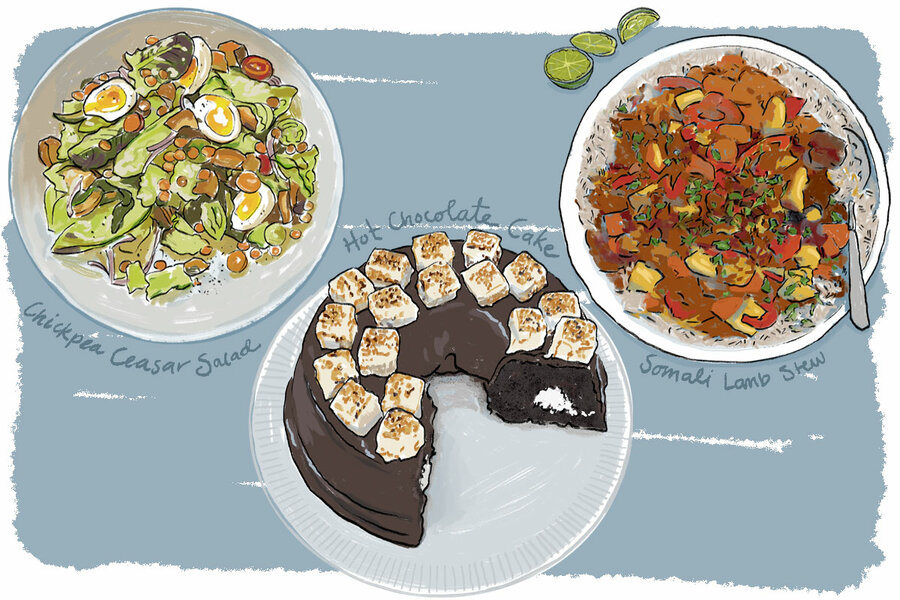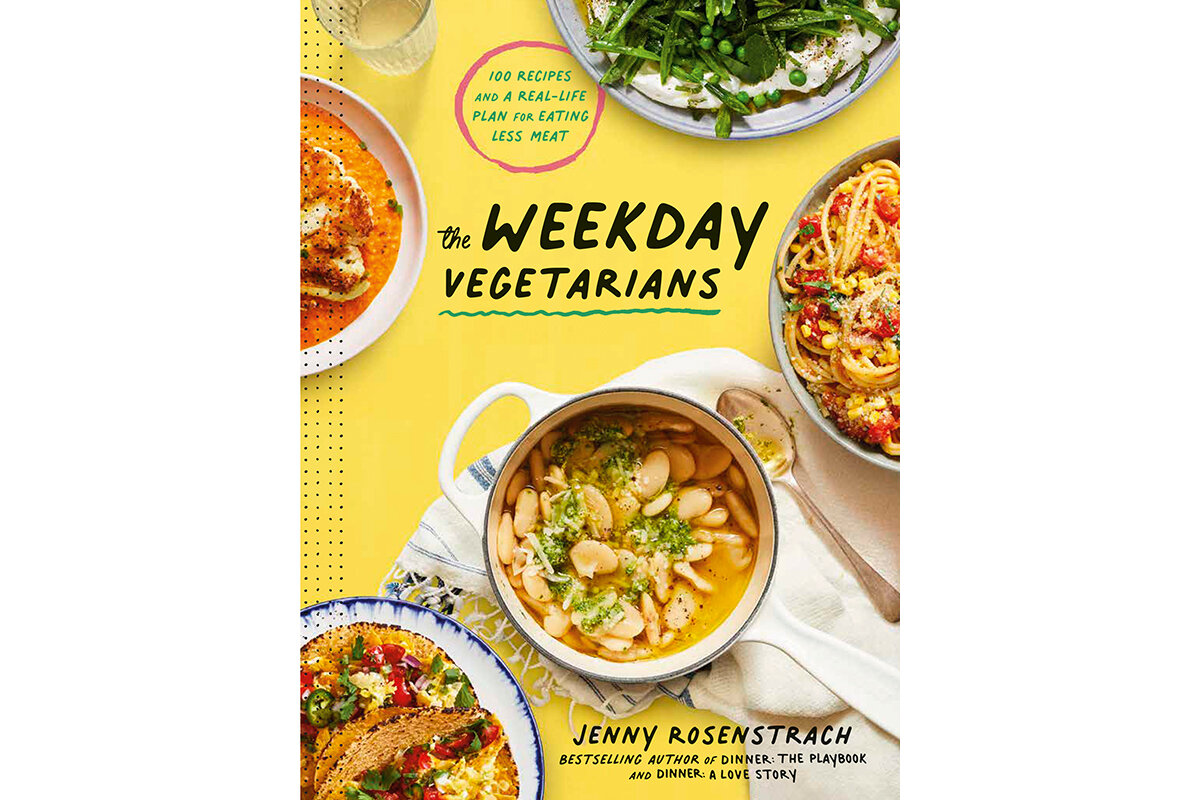Kitchen alchemy: Recipes to add to the repertoire
Loading...
At their best, cookbooks can instruct, educate, entertain, and nourish us in surprising ways. This year’s batch emphasizes inclusivity, plant-based foods, and extra-enticing baked goods. Cooking from them has been a good reminder that the kitchen provides lessons in flexibility and adaptability, especially during a period that has required a lot of both. We could have collected a superstar list of baking books alone, from Dorie Greenspan’s “Baking With Dorie” to Aran Goyoaga’s “Cannelle et Vanille Bakes Simple,” but our kitchen collection is about balance and variety. These are our holiday recommendations.
Updated classic reflects modern concerns
Amanda Hesser makes 150 years of recipes newly relevant in “The Essential New York Times Cookbook,” a massive compilation from the newspaper’s archives. For the 2010 edition, she tested more than 1,400 recipes; for 2021, she decided that the racial justice movement and cultural upheavals in the United States required a “stronger, fairer and more inclusive” update. She trimmed 65 recipes and added 120 more, emphasizing diversity and approachable home cooking. (No fear, it still includes the Times’ most-requested recipe, Marian Burros’ plum torte, originally printed in 1983.) From an 1875 Welsh rarebit to Jamie Oliver’s 2003 braised Ligurian chicken, Hesser provides charming, expert commentary. While not a scholarly work of food history, the book offers a fascinating reminder of changing tastes and priorities. Hesser gives useful context, for example describing an old-school salad from the days when “you didn’t so much as dress a lettuce leaf, you clobbered it.”
Beautiful baked goods and gifts
Planning seasonal baking with Sarah Kieffer’s “Baking for the Holidays: 50+ Treats for a Festive Season” feels as anticipatory as opening the first holiday cards. Kieffer includes lovely food gifts and special-event treats such as a marshmallow-filled hot chocolate cake and an impressive pear-almond Danish braid, but also offers everyday pleasures that speak to the season, like streusel coffeecake and pretty iced scones. Recipes accommodate a range of skill levels, with variations for beginners or bakers in a hurry. Kieffer is internet famous for her “pan-banging” chocolate chip cookies, but she is also the author of two earlier cookbooks and the “Vanilla Bean Blog.” Recipes here are typically clear and assured and warmly spiced. Old fans and new will welcome this addition, and many will make a tradition of adding vanilla bean sablé shortbreads to holiday gift bags, just as Kieffer does each year.
Enjoying plant-based meals
In “The Weekday Vegetarians: 100 Recipes and a Real-Life Plan for Eating Less Meat,” Jenny Rosenstrach continues her mission of simplifying dinnertime by offering smart tips and appetizing recipes that maximize flavor and minimize meat. The author of two earlier books on family meals, “Dinner: A Love Story” and “Dinner: The Playbook,” was influenced by the climate crisis to prepare plant-based meals during the week. That led to creations that include everything from a Caesar salad in which crispy chickpeas replace the chicken (broiling the romaine lettuce is an even neater trick) to a crunchy, cheesy bean bake meant to evoke chicken Parmesan. Ingredients like mushroom powder and miso paste make for rich flavors, and sauces and dressings are worth bookmarking whether readers ultimately use them on tofu or steak. A user-friendly organizational chart helps sort recipes by type and ingredient.
Creative Asian cuisine
Hetty McKinnon’s “To Asia, With Love: Everyday Asian Recipes and Stories From the Heart” radiates both warmth and practicality. McKinnon lives in the New York borough of Brooklyn with her family, but was raised in Australia by parents who immigrated there from China. Her approach reflects what McKinnon calls “third culture cooking” that might involve adding tamarind to an apple crisp or tahini to smashed cucumber salad. (All recipes are vegetarian, though it might take a while to notice.) Casual readers might pick up smart hints on seasonings or easy staple recipes like fried rice, but the book also encourages branching into more ambitious-sounding projects such as dumpling wrappers or homemade mochi. Ingredient substitutions are listed for each recipe, and she includes tips on making many of them gluten-free or vegan.
Celebrating the African diaspora
“Black Food: Stories, Art, and Recipes From Across the African Diaspora” by Bryant Terry is more than a cookbook; it brings together dozens of distinguished authors presenting recipes from biscuits and buttermilk-fried chicken to Sierra Leone’s cooked sweet potato leaves or Somali lamb stew. Along the way, essays riff on topics such as the spiritual ecology of Black food (written by Leah Penniman), migration (Michael Twitty), and the smells emanating from Toni Morrison’s kitchen (Sarah Ladipo Manyika). Terry writes that he was influenced by Morrison’s 1974 “The Black Book,” a survey of the Black experience in America and also a labor of love.









